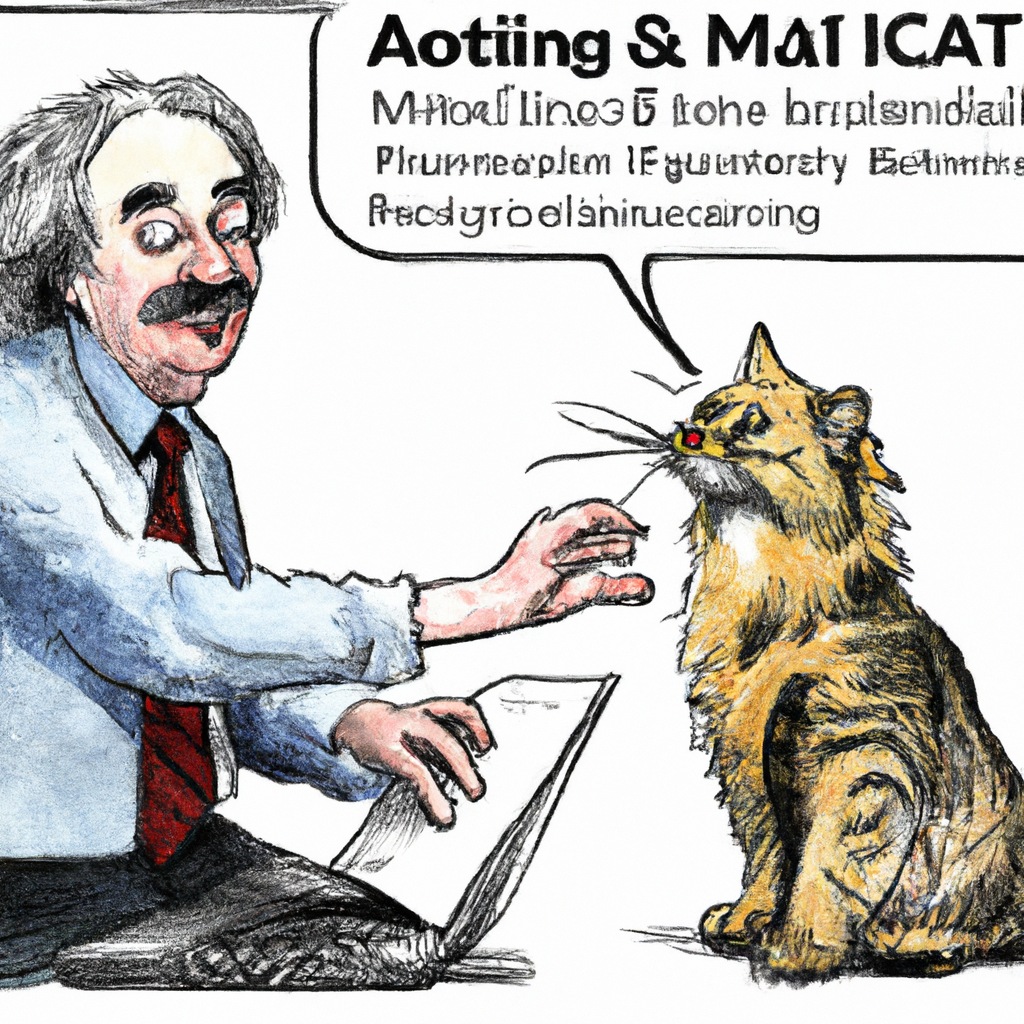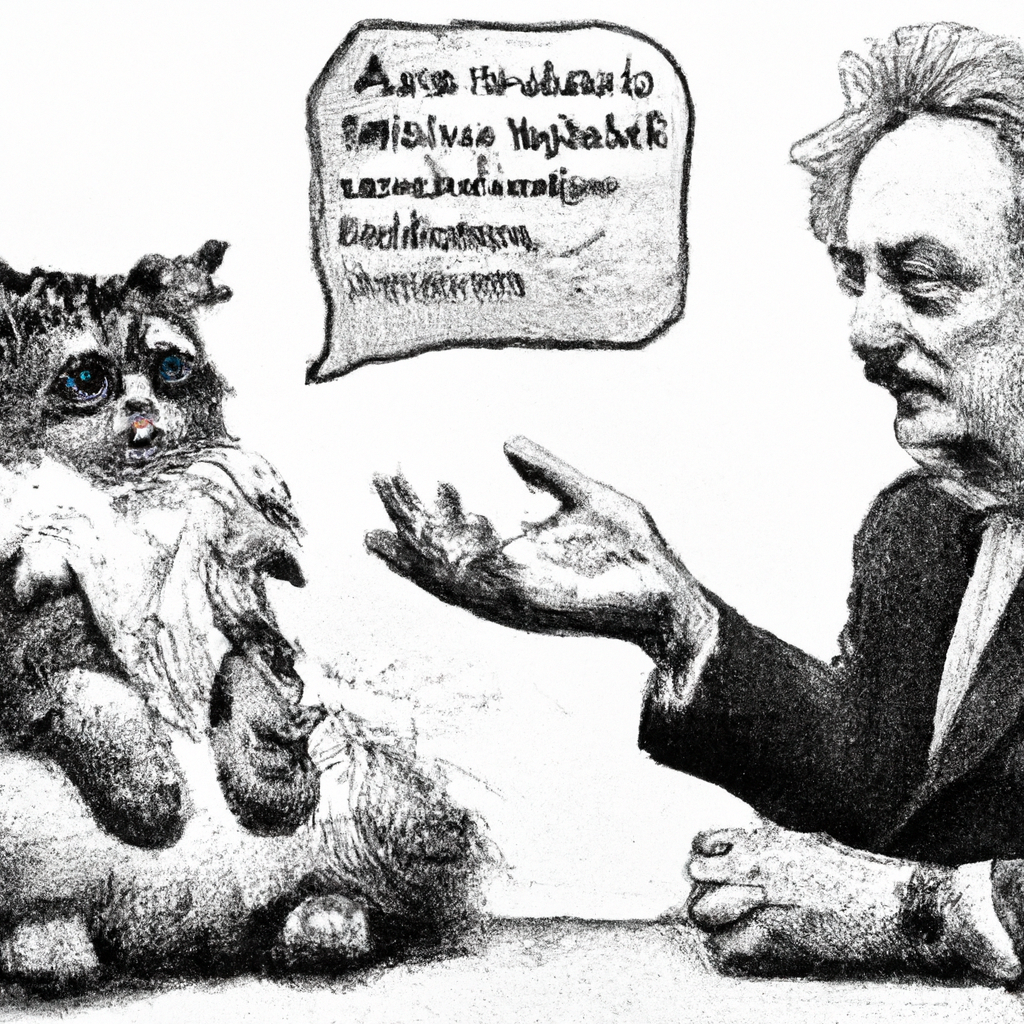
Artificial Intelligence (AI) is a rapidly growing technology that’s changing the way we live and work. It involves creating machines or systems that can think, reason, perceive, and learn like humans. As a beginner user of AI, you may be wondering what it is all about and how you can get started using it.
Firstly, it’s important to understand the different types of AI available. There are three main categories: narrow or weak AI; general or strong AI; and superintelligence.
Narrow or weak AI refers to systems designed for specific tasks such as voice recognition software used on smartphones or recommendation algorithms used by online retailers.
General or strong AI aims to mimic human intelligence in a broad range of areas including reasoning, problem-solving skills as well as learning abilities across multiple domains.
Superintelligence goes beyond human intelligence with theoretical capabilities like self-replication and recursive self-improvement but remains largely hypothetical at this stage in its development
Now let’s look at some ways beginners can use artificial intelligence:
1. Chatbots
Chatbots are computer programs powered by Artificial Intelligence that simulate conversation with users through messaging apps websites etc., They provide customer service support 24/7 without any manual intervention required from your end.. You don’t need any programming experience to create one either – there are plenty of chatbot building platforms available online like Dialogflow which offer drag-and-drop interfaces making their creation relatively easy.
2. Image Recognition
Image recognition technology uses machine learning models trained on large datasets containing images This enables themto recognize objects within an image accurately . Some examples include facial recognition software often found in social media applications where users tag friends’ faces automatically while uploading pictures .
3.Recommendation Engines
Recommendation engines analyze past data generated during interactions between customers & businesses then make personalized recommendations based on individual preferences .These engines rely heavily upon machine learning techniques including clustering classification , regression analysis etc., Amazon product suggestions feature being perhaps the most well-known example of this.
4. Natural Language Processing (NLP)
Natural Language Processing is another popular application of AI that involves teaching machines to understand and interpret human language in all its complexity. This can be extremely useful for businesses looking to improve customer service by automating responses or chatbots, as it allows them to recognize and respond appropriately even when dealing with slang, idioms or other non-standard forms of expression .
5. Predictive Analytics
Predictive analytics uses machine learning algorithms trained on historical data sets ,to identify patterns & trends which then inform future predictions about various outcomes such as sales forecasts etc.. It’s commonly used in industries like finance where it helps banks make decisions regarding credit risk assessments based upon an individual’s past behavior .
In conclusion, Artificial Intelligence has become a significant part of our daily lives today .It enables us do things more efficiently through automation while also improving decision-making processes across multiple domains from healthcare diagnosis to financial analysis and beyond! As a beginner user there are many applications available that don’t require programming expertise so why not try experimenting with some yourself?
An example of Artificial Intelligence is a chatbot. Chatbots are computer programs that use natural language processing (NLP) and machine learning algorithms to simulate human conversation. They can be used in many industries, including customer service, healthcare, and finance.
For instance, a company could use an AI-powered chatbot to handle customer inquiries 24/7 without the need for human intervention. The chatbot would be able to understand the customers’ questions and provide relevant answers quickly and accurately.
In healthcare, AI-powered chatbots could help patients diagnose their symptoms before they visit a doctor or hospital by asking them specific questions about their condition. This would save time for both patients and doctors while also reducing unnecessary visits to hospitals or clinics.
Finally, in finance, AI-powered chatbots could assist with financial planning by analyzing users’ spending habits and providing personalized advice on how they can improve their finances based on historical data trends.
Overall, Artificial Intelligence has countless practical applications that can benefit different industries significantly.
Here’s a story about Gato Rico: The Rich Cat Who Got Smarter with AI
Gato Rico was not just any ordinary cat. He was a rich and famous feline who had everything that money could buy, from luxurious beds to the finest food in town. But something kept bothering him – he wanted to be smarter than all the other cats.
One day, as he lounged on his silk cushion, an idea struck him. What if he used artificial intelligence (AI) to make himself even more intelligent? It sounded like a purr-fect plan!
So Gato Rico hired some tech-savvy mice to install AI chips in his brain and gave them strict instructions not to harm his precious fur coat.
As soon as the installation was complete, Gato Rico felt different – smarter! He could now speak fluently in multiple languages and solve complex mathematical equations without batting an eye.
But being smart didn’t always mean being wise. One day, when one of his human servants asked him how many lives cats have left after they lose one of their nine lives, Gato Rico confidently replied “8”. The servant looked puzzled but didn’t question it further because she assumed that since he is so rich maybe there are some things only available for wealthy cats like knowing how many lives they have left.
It wasn’t until later when another cat friend pointed out that this information is incorrect; every time you lose a life you lose all 9 of them making it impossible for anyone including wealthy felines such as himself or herself ever know exactly how many chances we get at life before our last breaths come along!
Feeling embarrassed by this mistake but also grateful for learning something new thanks partly due using advanced technology within his own mind which helped boost intellect levels beyond what normal natural abilities would allow- making sure never again will forget this important fact about cat biology made possible through science advancements courtesy modern-day computers wired into his brain.
From then on, Gato Rico used his newfound intelligence to help other cats in need. He created an app that helped stray cats find shelter and food, and even started a scholarship program for underprivileged kittens who wanted to pursue higher education.
And so, the rich cat who got smarter with AI became not just a wealthy feline but also a philanthropist with a heart of gold – all thanks to the wonders of technology and one curious cat’s quest for knowledge.






